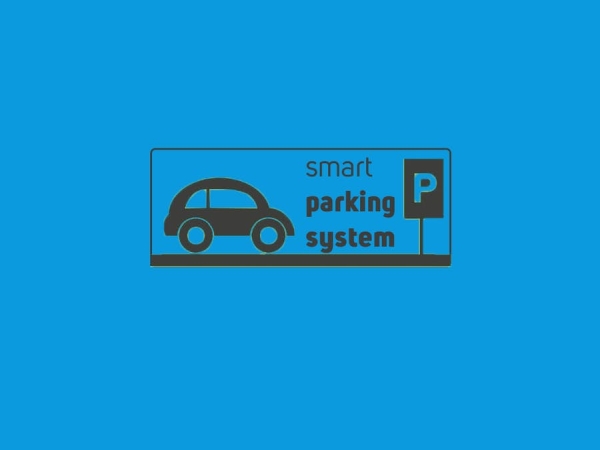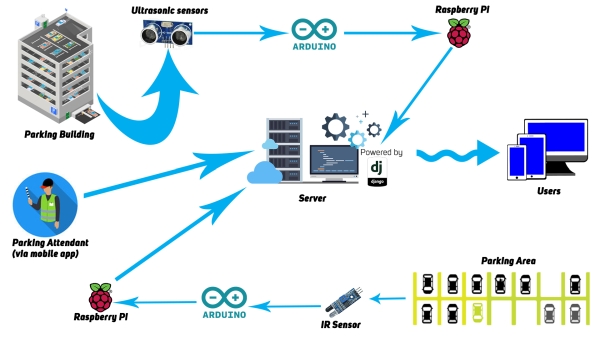The project was implemented to solve parking issues by using sensors, Arduino, and Raspberry Pi including mobile apps.

Roads are designed and built to handle traffic which doubles or triples in a quarterly rate. All these cars come to rest at some time, we see double parking everywhere and even triple parking (we had to come up with a term) because the drivers won’t take the risk of going elsewhere to park their car just because they have no idea of what awaits them in other parking areas.
Getting the right “information” about “space” to the drivers in our city so they won’t waste their time looking for parking spaces or park inappropriately because of lack of information.
With the right funding and wide scale implementation, the project can be helpful in reducing illegal parking and in a way help with the traffic jams we see in our city. An Internet of Things (IoT) based Parking System informs the user to find out about the nearest parking area and gives availability of parking slots in that respective area.
It mainly focuses on reducing time in finding the parking slots and also avoiding unnecessary traveling through filled parking lots in a parking area. Thus, it reduces the fuel consumption which in turn reduces carbon footprints in the atmosphere. This project mainly focuses on the city of Addis Ababa and takes into account the city’s infrastructural and technological advancements.
As a methodology, since we have worked on the hardware and software sections of the project separately we have used staged delivery for the hardware section and extreme programming for the software section, in which we worked our way up the system from the basic sensors all the way to our server.
video slide for the project can be found on
Block Diagram

Source: IoT-Based Parking System

